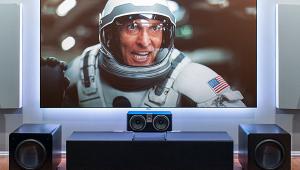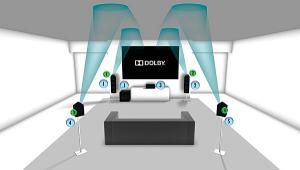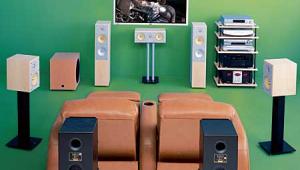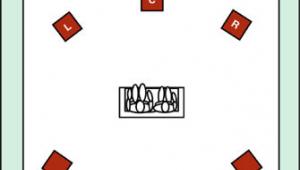Construction So Good, it Hertz
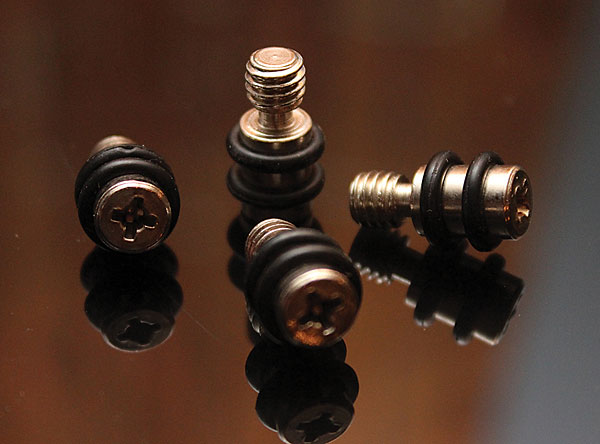
It’s worth explaining why to help you assess any cabinet you’re planning to acquire for this purpose. First, BDI’s credenza-style Corridor 8179 ($2,149) and subwoofer-hiding Novia 8426 ($1,749) aren’t ready-to-assemble pieces of furniture that ship flat. Both BDI cabinets ship built. (You do have to install the shelves, glass tops, and a few other items—but nothing major.) It’s an event when the delivery truck shows up with a 79.25 x 28.25 x 20.25-inch cabinet that’s contained in an even larger box, with an overall package weight of 237 pounds. That’s impressive by itself, but it’s not all that makes these cabinets special.
For example, both cabinets use shelf pins that screw into metal grommets inserted in the side panels. While that keeps the pins from rattling, each pin has two rubber O-rings on the half of the pin that fits snugly into cutouts on the bottom of the cabinet’s half-inch-thick shelves. Disappointingly, where I was looking forward to using plenty of sound-deadening material and acoustic caulk, the task of shelf resonance control had already been taken care of, and in a much simpler manner. Unlike a lot of cabinets that have the back panel either stapled or screwed on, both the Corridor 8179 and the Novia 8426 have a 0.19-inch-thick back panel that rests in grooves in the top and bottom of the cabinet. Rather than fuss with rattle control in the section where I put the subwoofer, it was a simple matter to lift the back panel out of the grooves and remove it altogether. This also ensured there’d be plenty of airflow for cooling purposes. To add insult to injury, large ventilation holes were already cut into the bottom panels of the leg-supported Corridor 8179. (So much for using the chain saw.)
It wasn’t a fault of either cabinet, but one thing that gave me a good deal of trouble—until I discovered the cause—was the fact that when cables and cords vibrate against the cabinet’s sides, back, or shelves, or even against the sub itself, they can induce rattles that sound as if they’re coming from somewhere else inside the cabinet. Lightweight components, such as low-end Blu-ray players, also like to sympathetically vibrate when the right frequency is hit. Since this is an airborne phenomenon rather than a vibration transferred directly through a shelf, you’ll need to use some sort of dampening material directly on the component’s chassis—or move the component somewhere else, if possible.—DW
